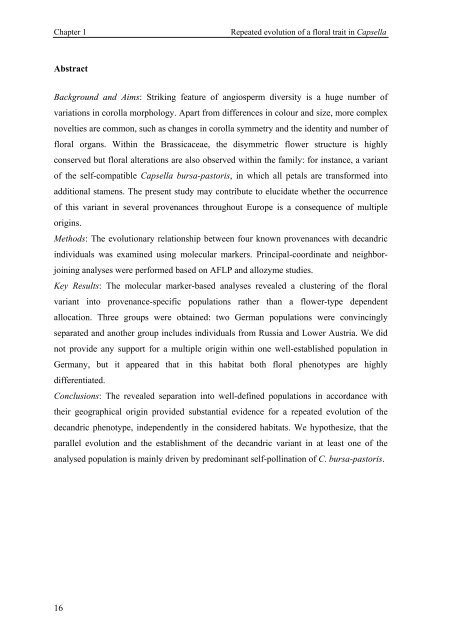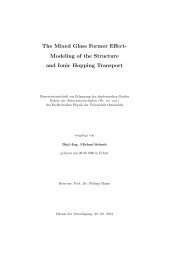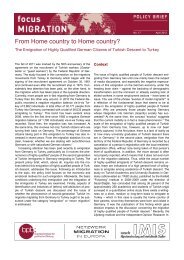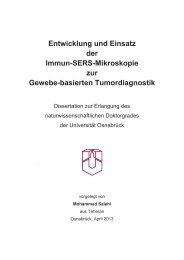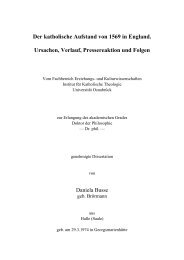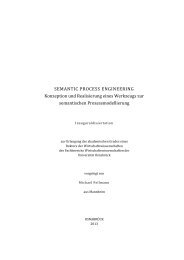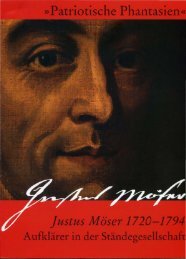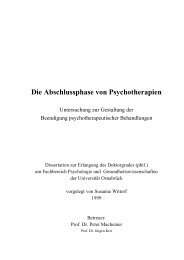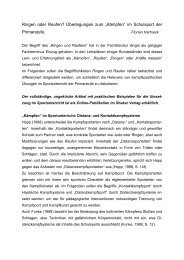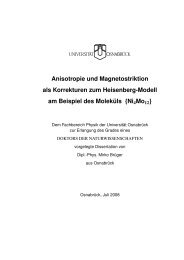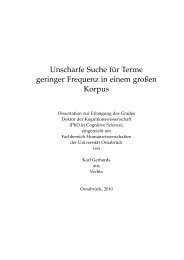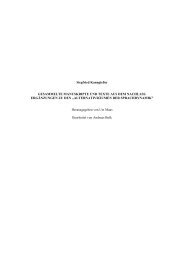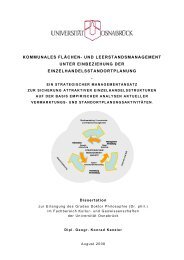'STAMENOID PETALS' IN A NATURAL HOMEOTIC VARIANT OF
'STAMENOID PETALS' IN A NATURAL HOMEOTIC VARIANT OF
'STAMENOID PETALS' IN A NATURAL HOMEOTIC VARIANT OF
Create successful ePaper yourself
Turn your PDF publications into a flip-book with our unique Google optimized e-Paper software.
Chapter 1 Repeated evolution of a floral trait in Capsella<br />
Abstract<br />
Background and Aims: Striking feature of angiosperm diversity is a huge number of<br />
variations in corolla morphology. Apart from differences in colour and size, more complex<br />
novelties are common, such as changes in corolla symmetry and the identity and number of<br />
floral organs. Within the Brassicaceae, the disymmetric flower structure is highly<br />
conserved but floral alterations are also observed within the family: for instance, a variant<br />
of the self-compatible Capsella bursa-pastoris, in which all petals are transformed into<br />
additional stamens. The present study may contribute to elucidate whether the occurrence<br />
of this variant in several provenances throughout Europe is a consequence of multiple<br />
origins.<br />
Methods: The evolutionary relationship between four known provenances with decandric<br />
individuals was examined using molecular markers. Principal-coordinate and neighborjoining<br />
analyses were performed based on AFLP and allozyme studies.<br />
Key Results: The molecular marker-based analyses revealed a clustering of the floral<br />
variant into provenance-specific populations rather than a flower-type dependent<br />
allocation. Three groups were obtained: two German populations were convincingly<br />
separated and another group includes individuals from Russia and Lower Austria. We did<br />
not provide any support for a multiple origin within one well-established population in<br />
Germany, but it appeared that in this habitat both floral phenotypes are highly<br />
differentiated.<br />
Conclusions: The revealed separation into well-defined populations in accordance with<br />
their geographical origin provided substantial evidence for a repeated evolution of the<br />
decandric phenotype, independently in the considered habitats. We hypothesize, that the<br />
parallel evolution and the establishment of the decandric variant in at least one of the<br />
analysed population is mainly driven by predominant self-pollination of C. bursa-pastoris.<br />
16


